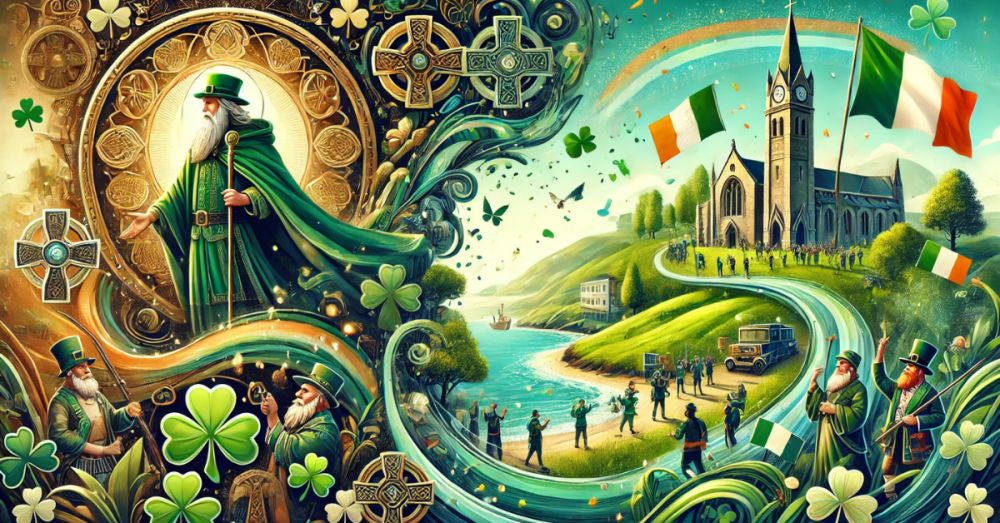
St. Patrick’s Day: More Than Just Green Beer & Parades
- St. Patrick’s Day: More Than Just Green Beer & Parades
- Wildfoot Disclosure and Invitation
- The Evolution of St. Patrick’s Day: From Solemn Feast to Global Celebration
- St. Patrick’s Day Traditions & Fun Facts
- St. Patrick’s Day Shopping: Unique Irish-Inspired Finds
- Celtic Runes & Divination Set
- Handwoven Irish Wool Blanket
- St. Patrick’s Day Shamrock Lights
- Leprechaun’s Hidden Treasure Puzzle Box
- Paranormal Investigation Journal
- Conclusion: A Day of Luck, Legends, and Supernatural Whispering
- BONUS: Grab Your St. Patrick’s Day Deals on Research Gear Here!
St. Patrick’s journey from Roman Britain to becoming the patron saint of Ireland is an epic tale of faith, resilience, and transformation. Born in the late 4th century, his story begins when, at just 16 years old, Irish raiders captured him and took him across the Irish Sea into captivity.In the depths of enslavement, Patrick experienced a profound spiritual awakening. Tending sheep in the harsh Irish wilderness, he found solace in prayer and faith, believing his struggles were part of a greater purpose. After six years, he miraculously escaped back home, guided, he believed, by divine intervention.
But Patrick’s journey didn’t end there. Instead of staying in Britain, he felt called to return—not for revenge, but to spread Christianity in Ireland. He spent years converting the Irish, using symbols like the shamrock to explain the Holy Trinity (Father, Son, and Holy Spirit). His legacy remains woven into Irish identity, shaping a festival that’s both spiritual and celebratory.
Wildfoot Disclosure and Invitation
As an Amazon Associate I earn from qualifying purchases.
Some of the links in my blog posts are affiliate links to Amazon. This means I may earn a small commission if you decide to make a purchase, at no extra cost to you. These links are here to explore freely, with no pressure or obligation.
My blogs cover everything from Bigfoot theories and paranormal research to survival tips and personal stories. When I mention a book, tool, or piece of gear, it’s because I believe in it, use it, or have taken time to research it thoroughly.
You’ll also see connections to my other platforms, including TrailForge Gear and Paranormal Curiosities Realm all part of the same mission: to explore the unexplained and share what I find.
Thanks for reading, sharing, and supporting independent storytelling.
Shawn Thomas
Author & Creator of The Hidden Bloodlines of Bigfoot
Founder of Wildfoot Explores
The Evolution of St. Patrick’s Day: From Solemn Feast to Global Celebration
Origins: A Religious Observance
- Established by the Catholic Church in 1631, St. Patrick’s Day was originally a quiet, religious feast to honor his contributions to Ireland.
- No parades, no green beer—just prayer, mass, and reflection.
The 18th & 19th Century: Irish Immigrants Spark Change
- Irish immigrants, especially in the United States, used St. Patrick’s Day as a way to celebrate their heritage.
- 1762 – The first recorded St. Patrick’s Day parade took place in New York City, organized by Irish soldiers in the British military.
- Over time, cities like Boston, Chicago, and Dublin adopted their own massive celebrations.
Modern Celebrations: A Global Phenomenon
- Today, St. Patrick’s Day is celebrated worldwide, not just in Ireland!
- Famous celebrations include:
- Chicago – Dyeing the Chicago River green (since 1962).
- Sydney, Australia – Lighting up the Opera House in green.
- Tokyo, Japan – Irish festivals embracing Celtic culture.
- Dublin, Ireland – A week-long festival with parades and live music.
St. Patrick’s Day Traditions & Fun Facts
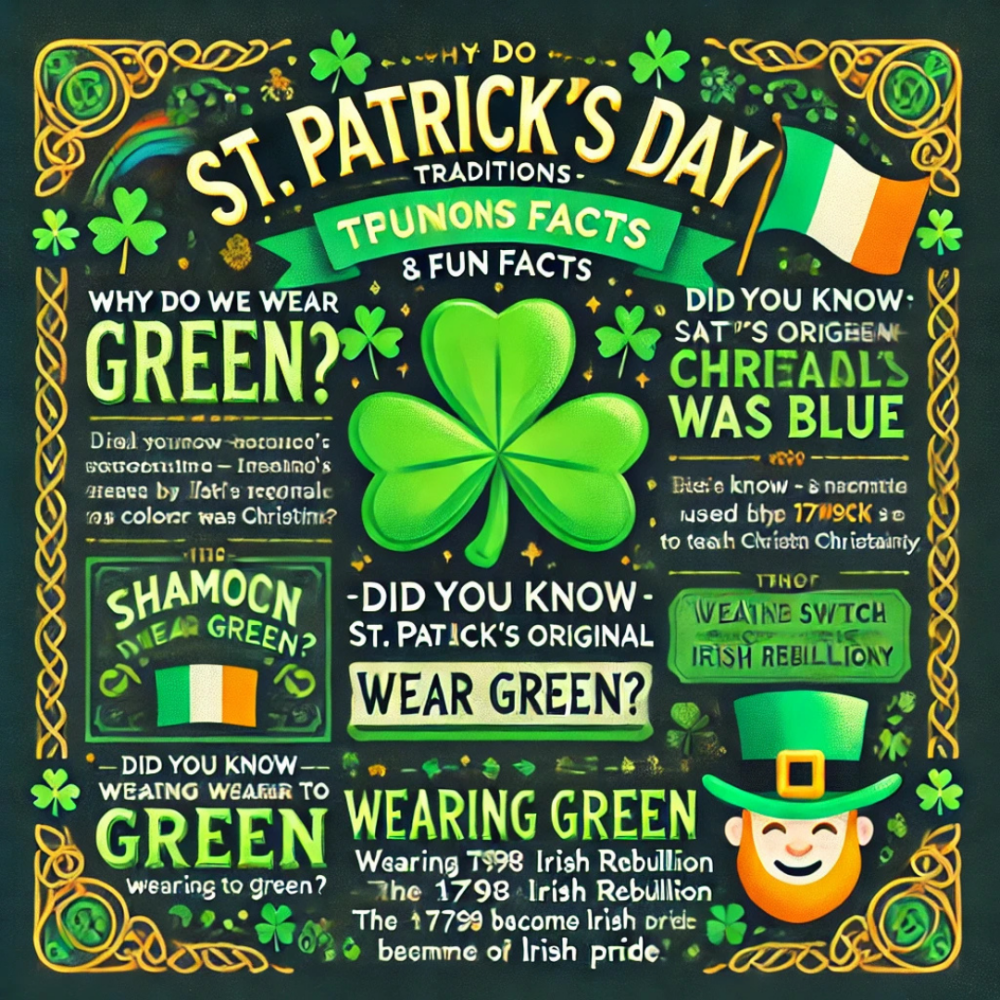
Why Do We Wear Green?
Did you know St. Patrick’s original color was blue? The switch to green happened because of:
- Ireland’s nickname – The Emerald Isle
- The shamrock’s symbolism – Used by St. Patrick to teach Christianity
- The 1798 Irish Rebellion – Wearing green became a symbol of Irish pride
The Magic of the Chicago River
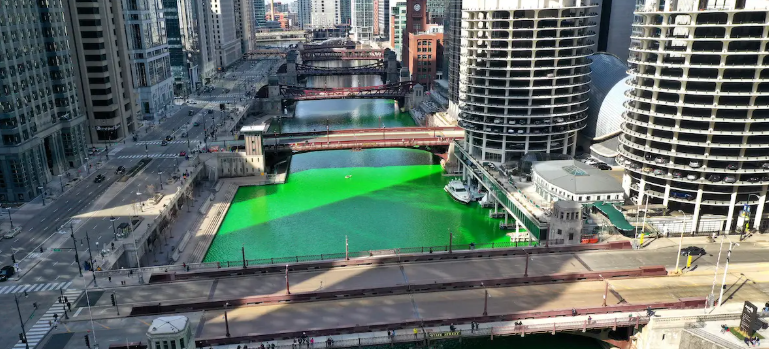
- In 1962, Chicago officials first used eco-friendly dye to turn the Chicago River green.
- The brilliant emerald color lasts about 5 hours before fading!
Irish Cuisine: More Than Just Corned Beef & Cabbage
Authentic Irish dishes to try on St. Patrick’s Day:
- Irish Soda Bread – A simple but delicious traditional bread.
- Shepherd’s Pie – A hearty dish with mashed potatoes and meat.
- Colcannon – Mashed potatoes with cabbage or kale.
- Guinness Stew – Slow-cooked beef stew infused with Guinness beer.
St. Patrick’s Day Shopping: Unique Irish-Inspired Finds
Looking to celebrate St. Paddy’s Day in style? Here are must-have items to embrace the spirit of Irish legend and lore:
Celtic Runes & Divination Set
Unlock Ireland’s mystical past with a handcrafted Celtic rune set for fortune-telling & ancient wisdom.
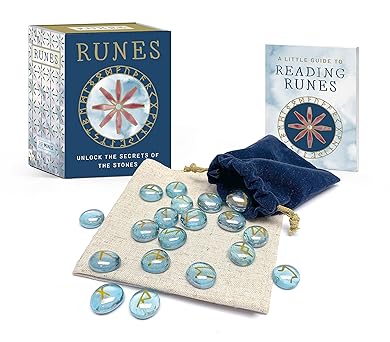

Handwoven Irish Wool Blanket
Stay cozy and stylish with a luxurious wool blanket, made in Ireland.
St. Patrick’s Day Shamrock Lights
Add a festive glow to your celebrations with shamrock string lights.

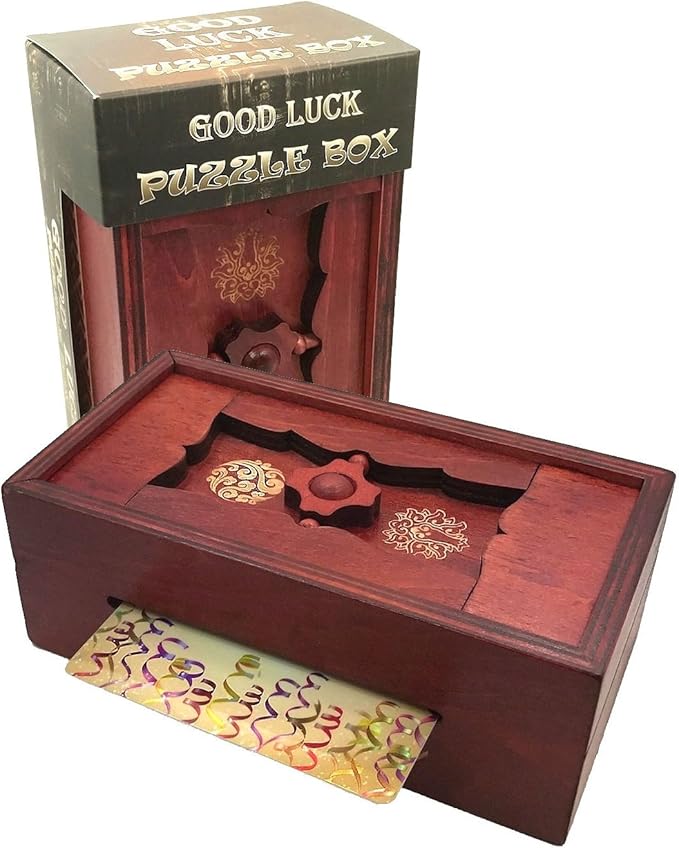
Leprechaun’s Hidden Treasure Puzzle Box
Test your wits with this Leprechaun-inspired puzzle box—solve it to unlock a hidden compartment
Paranormal Investigation Journal
Keep track of ghostly encounters and Irish legends like the Banshee.
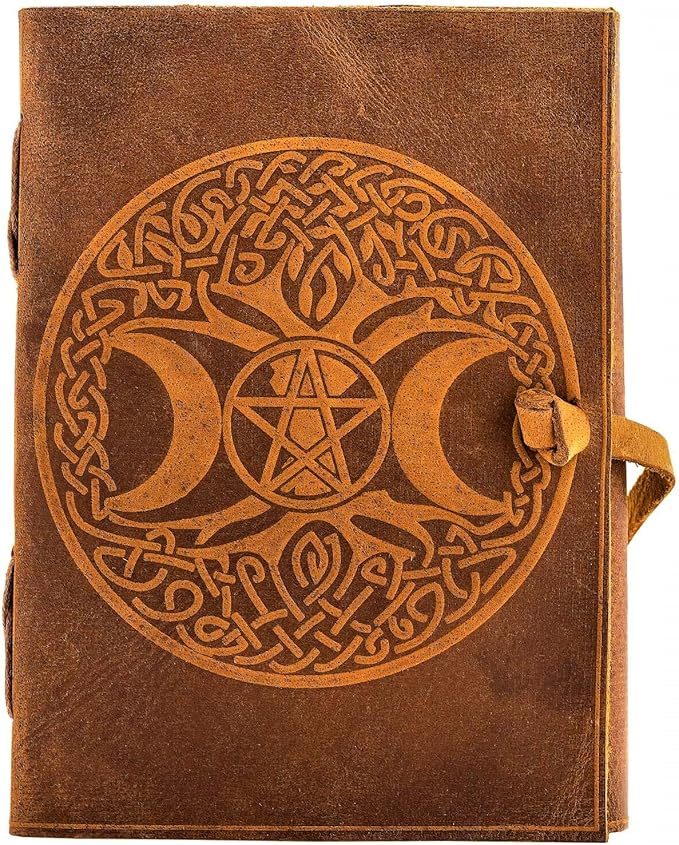
Conclusion: A Day of Luck, Legends, and Supernatural Whispering
St. Patrick’s Day isn’t just about wearing green or raising a pint. It’s a day deeply rooted in Irish history, myth, and celebration. From the miraculous life of St. Patrick to the legend of leprechauns and banshees, each tradition adds a layer of meaning to the holiday.
What are your thoughts about the mythical side of this holiday? Do you have a favorite Irish legend or St. Patrick’s Day tradition? Share your thoughts in the comments below!
BONUS: Grab Your St. Patrick’s Day Deals on Research Gear Here!
Check out some amazing research gear to help on your next Bigfoot hunt in Ireland next year! Here!
St. Patrick’s Day has evolved from a solemn religious observance into a global celebration filled with parades, green beer, and cultural festivities. Do you think modern commercialization has overshadowed its historical and religious significance? Additionally, the holiday is rich in symbolism—from St. Patrick’s original blue to the now-iconic green, and from the shamrock to legendary creatures like leprechauns and banshees. How do these myths and traditions shape our understanding of Irish heritage? Lastly, with St. Patrick’s influence extending beyond religion, what aspects of Irish culture do you find most fascinating in this celebration?
Great insights, Vladimir! St. Patrick’s Day has definitely shifted from its religious roots to a more commercialized celebration, but I think the traditions—both historical and modern—still keep Irish heritage alive in unique ways. The evolution from blue to green, the shamrock’s symbolism, and the folklore surrounding leprechauns and banshees all add layers to its cultural richness. While commercialization plays a role, it also spreads Irish history and mythology worldwide. Personally, I find the blend of history, storytelling, and symbolism the most fascinating part of the celebration. What aspects stand out most to you?